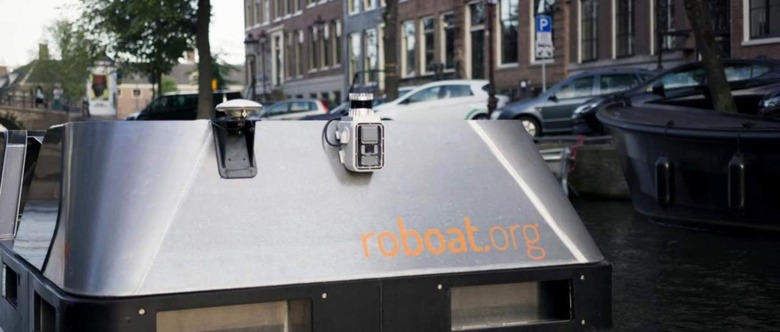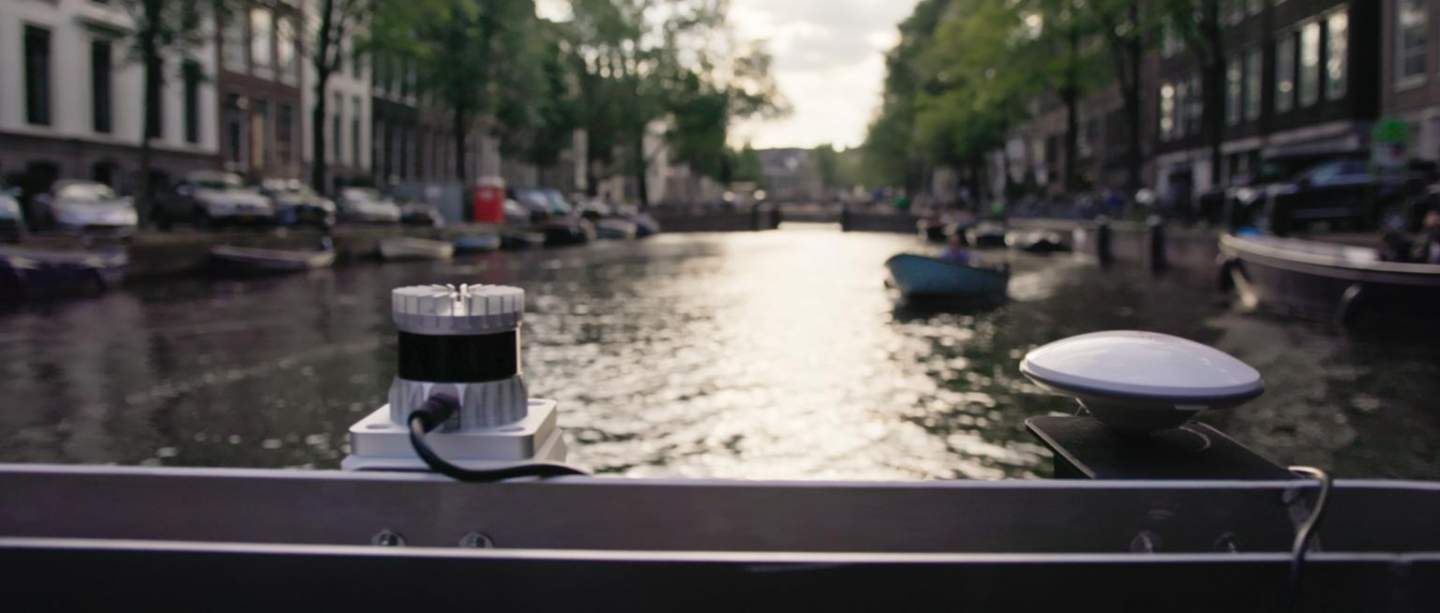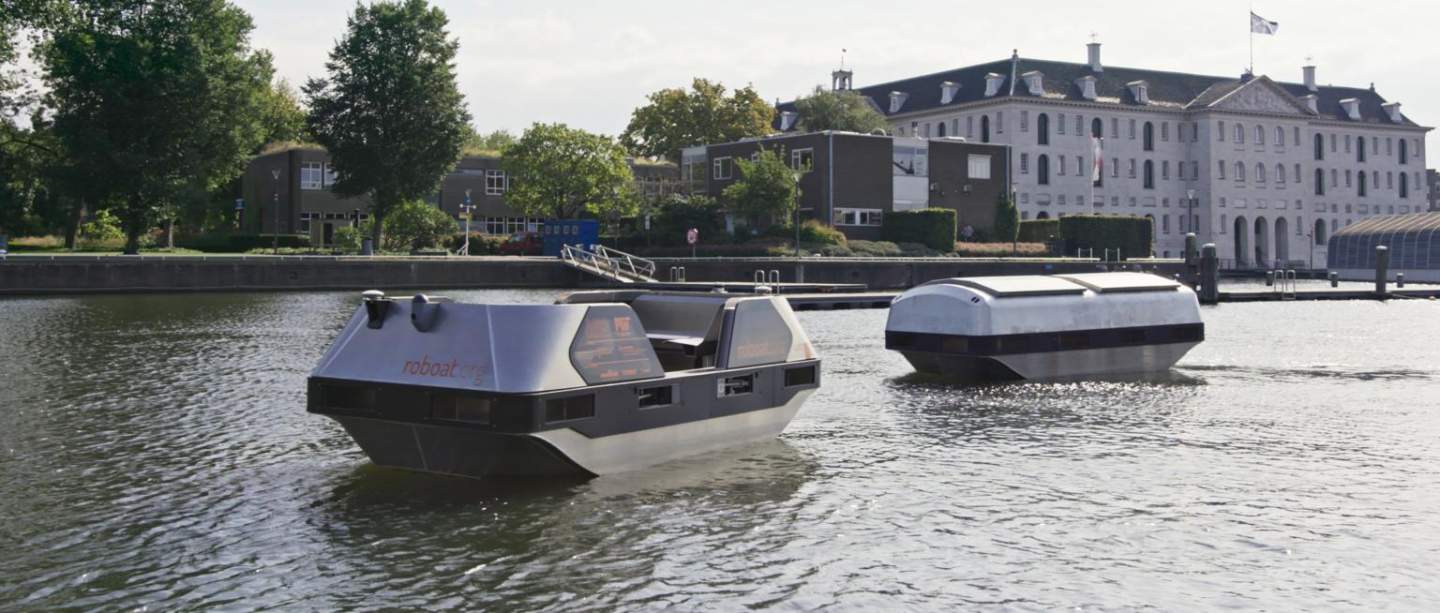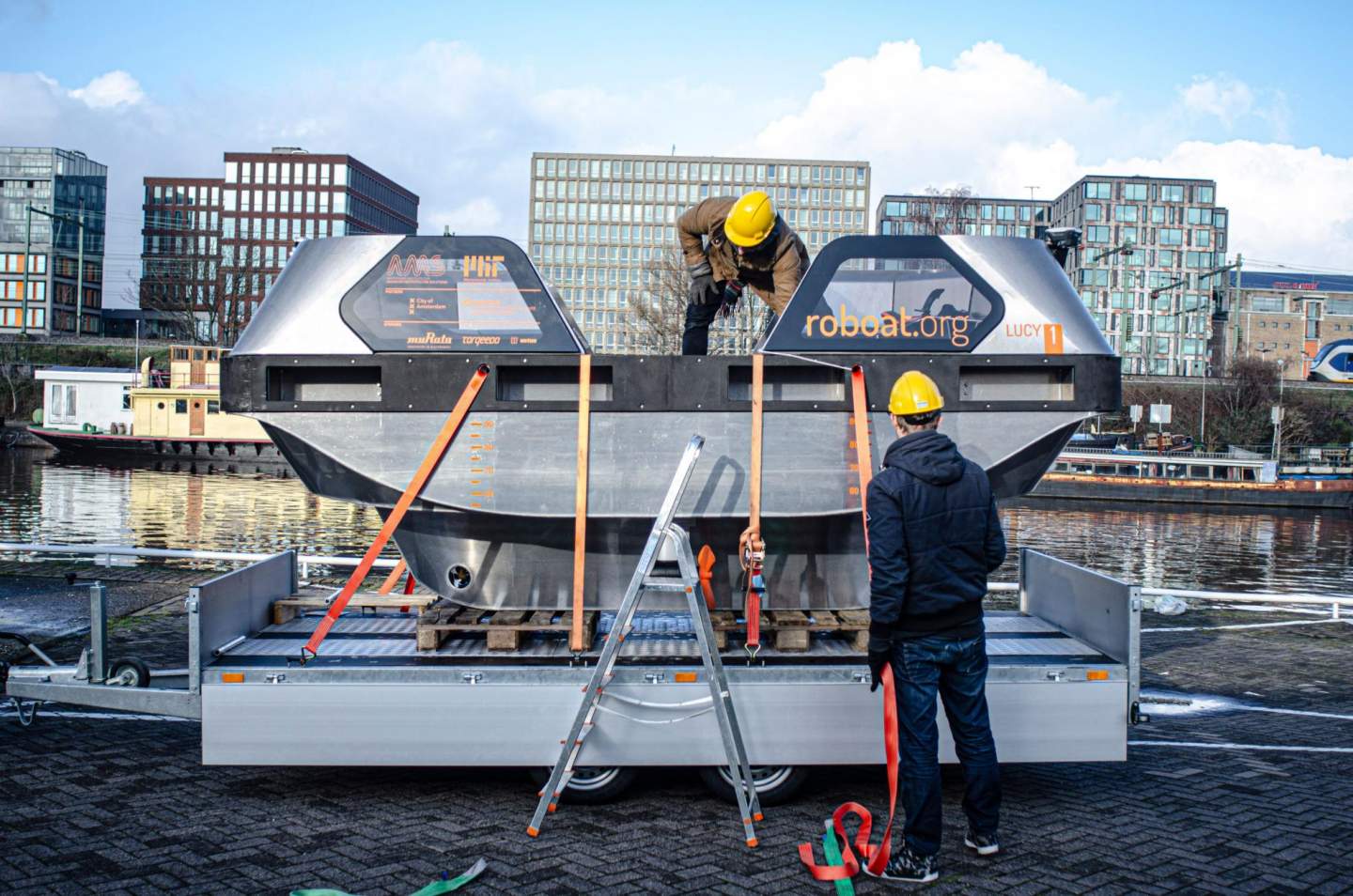MIT Has Completed The Final Project In The Autonomous Roboat Project
Typically when we talk about autonomous taxis, we are talking about vehicles like cars, SUVs, and buses that can cruise the highways without drivers behind the wheel. MIT has been working on an autonomous taxi that's quite different and very specific to Amsterdam and the city's famous canal system. The autonomous taxis, in this case, are known as Roboats. They are autonomous boats capable of carrying passengers around the city and performing other actions.MIT has been working with the Amsterdam Institute for Advanced Metropolitan Solutions on the project. Project researchers have now created the final design in the Roboat project that's been going on since 2015. The final project is a full-scale, fully autonomous robotic boat that is ready to be launched into the canals of Amsterdam. Previous projects produced scale models that were much smaller than the final product, which is capable of carrying multiple passengers.
Originally, the MIT project began in a pool at the University with prototypes at a small scale. In 2020, MIT produced a half-scale model that was two meters long and was used to show off its autonomous navigation skills. Now, the project has produced a pair of full-size Roboats sized to carry five people around the canals of Amsterdam comfortably. However, carrying passengers isn't the only use the autonomous boats provide.

They are also designed to collect waste floating in the water, deliver goods, and, most interestingly, provide on-demand infrastructure. When providing on-demand infrastructure, the Roboats can congregate together and latch onto one another to create a floating platform of sorts for a myriad of uses. The finished Roboat is an attractive watercraft designed in a combination of black and gray, with seats facing each other from opposite ends of the boat.
The boats are zero-emission vehicles powered by electricity utilizing a battery capable of 10 hours of operation per charge and recharge wirelessly. The final version of the Roboat project has created vessels with high precision and robustness in their perception, navigation, and control systems. In addition, the latest version has improved close-proximity approach modes designed for latching together for infrastructure needs.
MIT has also given the fleet improved dynamic positioning allowing them to navigate waters safely. The control system is also adaptable depending on the number of people in the boat. Navigation systems aboard the boat utilize GPS to choose a safe route between two locations autonomously. The ship can also continuously scan its environment to avoid obstacles and objects such as other boats, bridges, and pillars.

LIDAR combined with cameras arrayed around the Roboat allows it a 360-degree view of its surroundings. Designers call the sensors and cameras the "perception kit" capable of picking up unseen objects that the boat can't identify, which are flagged as unknown. Researchers can then comb through the data collected by the boat at the end of the day and label items the Roboat was unable to identify during its day's operation. That process allows the system to learn about new objects as they are encountered in the real world but to be able to safely avoid objects that it is unable to identify on the fly. Control algorithms used for the boats are very similar to ones used for autonomous cars.
One of the most interesting features of the Roboat fleet is its capability of latching together. The latching system utilizes cameras to guide it to a docking station or other boats. Those cameras can then detect QR codes allowing them to dock together to create temporary bridges, floating stages, and other designs that weren't possible with past versions of the system. Roboat was also designed to be modular, utilizing a universal hull design allowing the top deck to be switched out depending on the need.
MIT's next step for the Roboat fleet is to put the boat into use for the public. Currently, there's no clear indication of when the existing Roboats will go into use carrying passengers. It's also unclear at this time when a larger fleet might be constructed and put into use.















